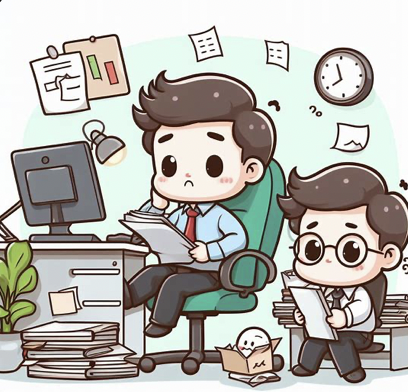Have you ever wondered why so many prices end in .99? This pricing strategy, known as psychological pricing, is not a random choice.
It’s a carefully crafted tactic used by marketers to make products seem cheaper than they actually are.
In this article, we will delve into the psychology behind this pricing strategy, its effectiveness, and its impact on consumer behavior.
Table of Contents
The Psychology Behind .99 Pricing
The .99 pricing strategy is based on the theory that because the human brain reads from left to right, the first digit of the price matters more than the last.
This means that even though $4.99 is closer to $5, it feels more like $4 to the consumer. This phenomenon is known as the left-digit effect.
Effectiveness of .99 Pricing
Research has shown that .99 pricing can significantly increase sales.
In one study, a dress priced at $34.99 sold better than when it was priced at $35, even though the difference was only one cent.
This demonstrates the power of the left-digit effect and how it can influence consumer behavior.
Impact on Consumer Behavior
While .99 pricing can make products seem cheaper, it can also lead to consumer confusion.
This is because it makes it harder for consumers to accurately calculate discounts and compare prices.
However, despite this potential drawback, many retailers continue to use .99 pricing because of its proven ability to boost sales.
Examples of .99 Pricing
Almost every industry uses .99 pricing in some form.
For example, it’s common in the retail industry, where you’ll often see prices like $19.99 or $49.99.
It’s also used in the food industry, with items often priced at $4.99 or $9.99.
Even the real estate industry uses .99 pricing, with homes often listed for prices like $299,999.
Statistics on .99 Pricing
According to a study by the University of Chicago, items priced with .99 sold 24% more than when they were priced without it.
This statistic shows just how effective .99 pricing can be at driving sales.
FAQs on “Why Do Prices End in .99?”
1. Why do stores use .99 pricing?
Stores use .99 pricing because it makes products seem cheaper than they actually are, which can increase sales.
2. What is the left-digit effect?
The left-digit effect is a psychological phenomenon where the first digit of a price matters more than the last.
3. Does .99 pricing always increase sales?
While .99 pricing has been shown to increase sales in many cases, it’s not always effective. Some consumers may see it as a marketing trick and be turned off by it.
4. What industries use .99 pricing?
Almost every industry uses .99 pricing in some form, including the retail, food, and real estate industries.
5. What happened when J.C. Penney eliminated .99 pricing?
When J.C. Penney eliminated .99 pricing, their sales plummeted. This shows just how powerful .99 pricing can be.
6. How does .99 pricing impact consumer behavior?
.99 pricing can make products seem cheaper, but it can also lead to consumer confusion and make it harder for consumers to accurately calculate discounts and compare prices.
7. Is .99 pricing deceptive?
While some consumers may see .99 pricing as deceptive, it’s a common and legal pricing strategy used by many retailers.
8. How effective is .99 pricing?
According to a study by the University of Chicago, items priced with .99 sold 24% more than when they were priced without it.
9. Why does .99 pricing work?
.99 pricing works because of the way the human brain processes information.
Because we read from left to right, the first digit of a price matters more than the last.
10. Are there any drawbacks to .99 pricing?
The main drawback to .99 pricing is that it can lead to consumer confusion and make it harder for consumers to accurately calculate discounts and compare prices.
Summary – Why Do Prices End in .99?
Prices often end in .99 because of the psychological impact it has on consumers.
This pricing strategy, known as the left-digit effect, makes products seem cheaper than they actually are, which can significantly increase sales.
However, it can also lead to consumer confusion and make it harder for consumers to accurately calculate discounts and compare prices.
Despite this potential drawback, many retailers continue to use .99 pricing because of its proven ability to boost sales.


